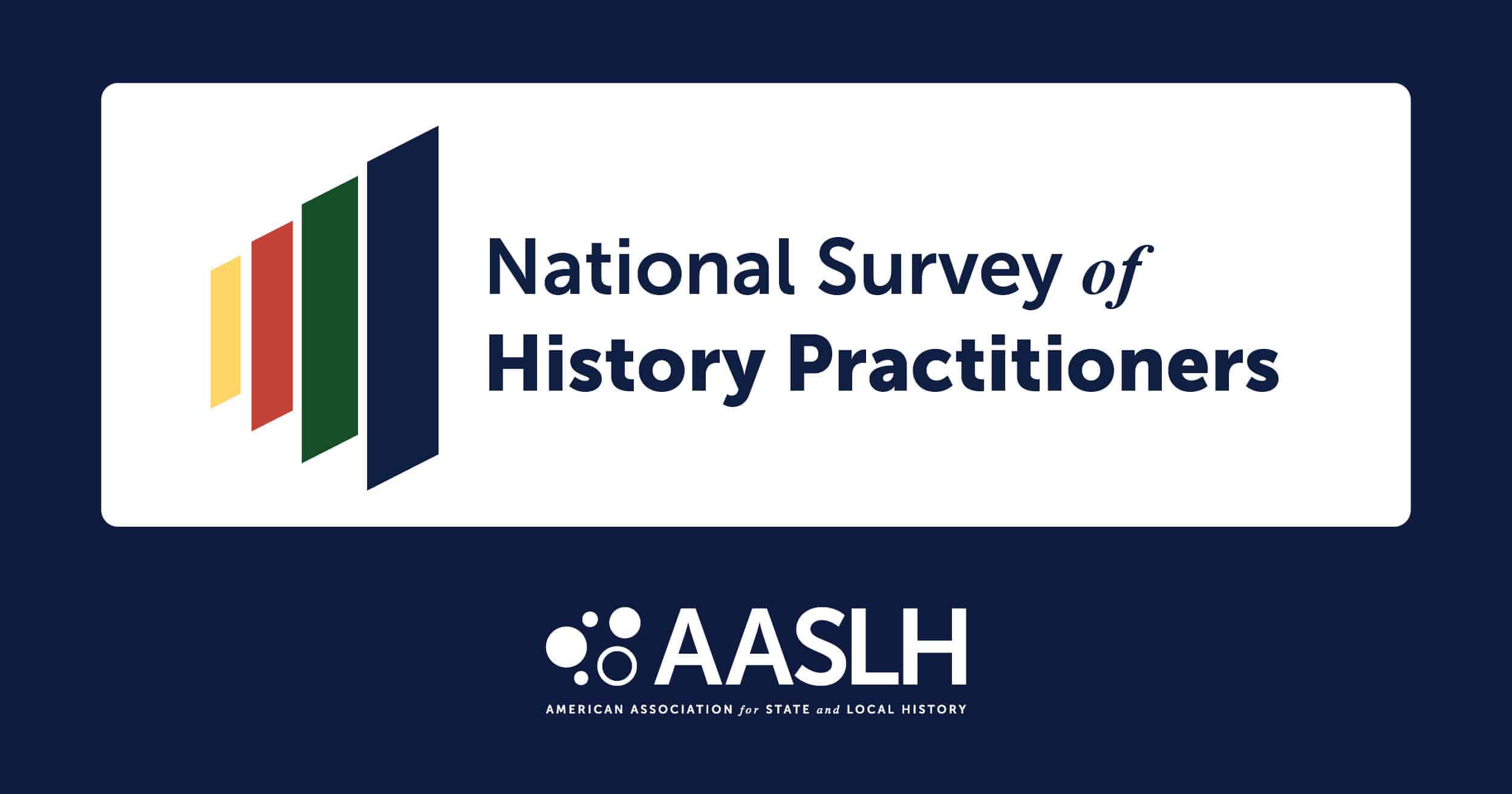One of the many pleasures of a recent visit to the American Civil War Museum in Richmond, Virginia, was an encounter with a credit panel listing the scholar-advisors who consulted on the museum’s core exhibition. But the importance of credit panels transcends mere ego satisfaction on the part of those who receive recognition. Credit panels are markers of our civic engagement, professional practice, and institutional authenticity. Here are four reasons why credit panels matter:
Civility: Appreciation is relatively cheap and often free, yet it is critical in maintaining good relations with our supporters, constituents, leaders, staff, vendors, and consultants — and also, by the way, with our interns and volunteers, for whom recognition is especially important. Credit panels are an easy, effective way to offer acknowledgement to these key players in our institutional process. They help build and sustain critical relationships and make clear that we understand the value of promoting good manners and a culture of civility both within our institutions and in the community at large.

The credit panel for Seeking Shelter provides acknowledgement and offers insight into the development of the exhibition. Courtesy of Brian Jones, Designer, Seeking Shelter.
Marketing: Many of our institutions are dependent on strategic alliances, coalitions, and collaborators to fulfill our missions. Credit panels provide a useful way to manifest not only our reliance on others, but also our active embrace of partnering organizations and individuals. This is especially important for local history organizations, whose community networks often shape their projects, within and beyond our particular sites and structures. Every time we engage a new partner, we should announce the arrival of a new friend — and credit panels are a good tool for that purpose.
Interpretation: Credit panels, such as the one at the American Civil War Museum, also provide leads and resources for further study of a given subject. Credit panels can be, in a kind of shorthand, the equivalent of citations and references in a book or article. With even a few names from a credit panel, visitors can conduct online and library research, deepening their understanding of the subject under consideration. In addition, the stature and expertise of key staff and consultants help to validate the perspective and findings presented in an exhibition or program.

At the Rokeby Museum, the credit panel for the core exhibition is juxtaposed with the visitor response book, inviting visitor interest and consideration. Courtesy of Catherine Brooks, Rokeby Museum.
Transparency: Credit panels also underscore that every exhibition and program is a human construct with a distinct (and partial) perspective. Public history professionals regularly cite the decade-old finding that museums are among the most trusted of communications and media modalities. Far from undercutting our credibility as sources of responsible interpretation, clear and concrete credit panels can help our visitors and users to understand that we are self-aware and reflective in our practice. In fact, credit panels are one of the best ways available to us for bringing the visitor into the game: we’re showing what is involved in making history and what it takes to get there. Credit panels provide not just a list of the roles and forms that human involvement take in the process, but a list of the kinds of choices we have to make and—implicitly—an indication of paths not taken.
Credit panels and their equivalents are an ancient practice, but they continue to have a role in “next practice,” the ongoing effort to create within our history organizations cultures that are collaborative, community-oriented, and self-conscious. Every time we develop a new exhibition or program, let’s make an effort to give credit where it is due and to deploy our acknowledgements for their greatest possible utility and impact.
Special thanks to Bill Geller, Gabe Goldstein, Ellen Snyder-Grenier, and Ken Yellis for their comments and suggestions.



